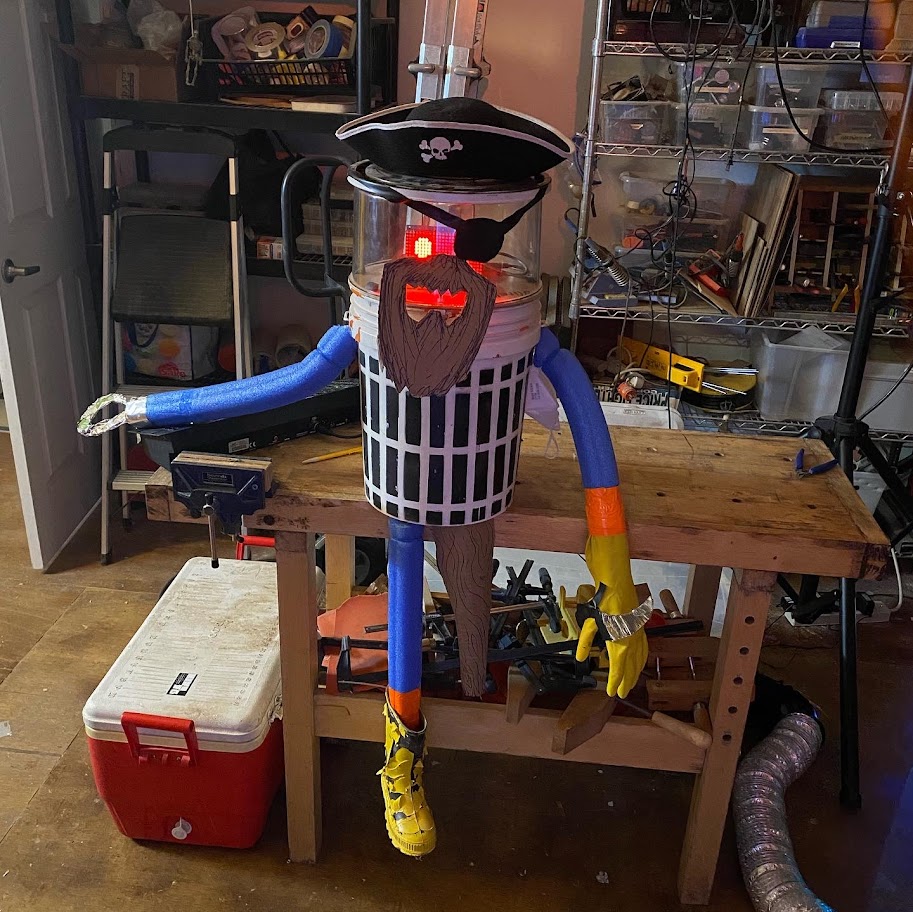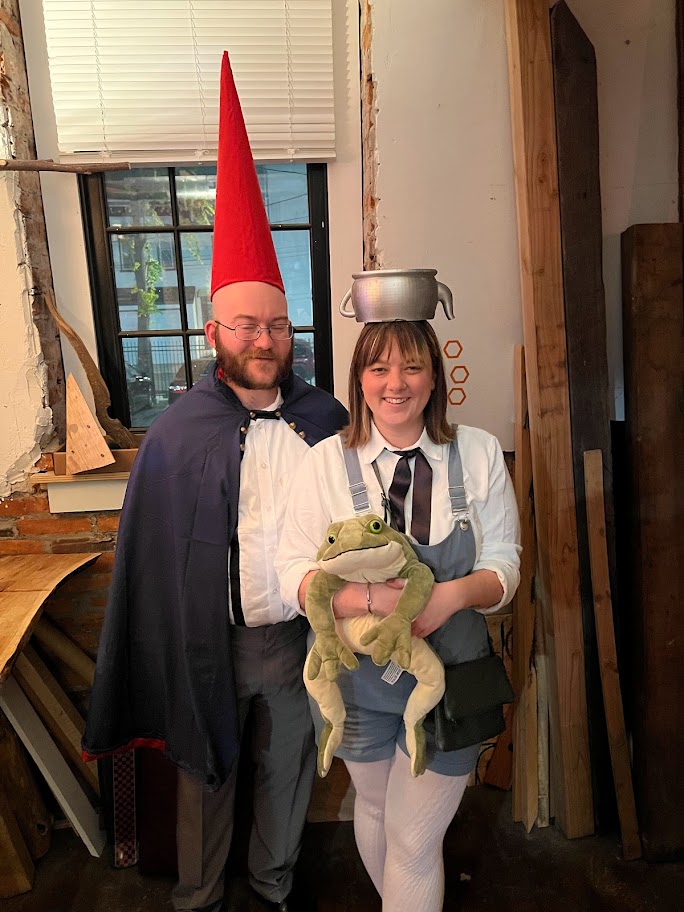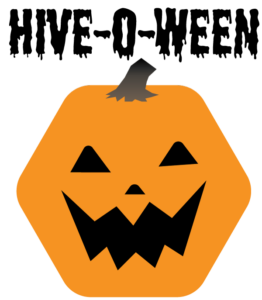Yet another Halloween party is in the books. Once again, there were an array of creative costumes and plenty of merriment had by all. Check out a few photos from the party




Yet another Halloween party is in the books. Once again, there were an array of creative costumes and plenty of merriment had by all. Check out a few photos from the party




We’ve upgraded our 2D printer from black and white to color. You can print to it wirelessly as well as from Hive computers. As before, printing is an included perk of membership.


Thanks to all members and guests who followed our COVID rules. As vaccinations increase, we’re relaxing our restrictions.
 |
Got your shot? Masks can come off!
If you’ve received your COVID-19 vaccine(s) and reached the point of full immunity, masks are optional. |
 |
If you’re not vaxxed, keep wearing a mask
If you haven’t recieved a COVID-19 vaccine and reached full immunity, masks are still required to protect other members |
 |
No more occupancy limits
In accordance with guidance, we’re lifting social distancing requirements and our reduced occupancy limits. |
We look forward to seeing your faces in the space again – it’s been too long! Assuming conditions continue to improve, we’re planning to host an official reopening party in mid-late summer so we can all get together again.

We have another pair of upgrades to our woodworking shop. We’re happy to add a brand new Dewalt 735x thickness planer. It does an impressive job of surfacing rough wood to a silky smooth finish. And to deal with all the wood-chips it generates, we’ve also installed brand new dedicated dust collection. We’ll eventually be setting up hookups from all our power tools to the new dust collector.
During COVID, we’ve kept open-house restricted to members and those who pre-registered via email. As vaccinations become widely available, we’re beginning to ease back on those restrictions. Starting this week, non-members interesting in touring Hive no longer need to pre-register via email – you can just show up. Our COVID rules still remain in full effect, so you’ll need to wear a mask and we’ll still be enforcing a maximum occupancy at the space.

We’ve made a number of improvements to our woodworking space. That includes a brand new table saw, as well as two new workbenches, a tabletop jointer, and a variety of hand-woodworking tools.


As the pandemic evolves, management has update our COVID-19 rules:
Mandatory Masks: masks should be worn all times within the space, even if you’re the only one there. You can take your mask off for eating/drinking.
10-person max occupancy: number of people in the space will be limited to 10 people, and members are encouraged to social distance as possible while in the space.
Wipe down touchpoints: cleaning spray and paper towels are provided through the space. Wipe down contact areas after use as part of cleanup.
Wash your hands: Hand-sanitizer is provided at both entrances in addition to the soap and sink in the bathroom. We recommend washing hands frequently, including when arriving and before leaving.
 We’ve been busy upgrading the space. We recently shifted our soldering station to it’s new home near the classroom. With that comes new wire organization, improved task lighting, and less dust from the woodworking projects. It also frees up space in our front room for bigger projects.
We’ve been busy upgrading the space. We recently shifted our soldering station to it’s new home near the classroom. With that comes new wire organization, improved task lighting, and less dust from the woodworking projects. It also frees up space in our front room for bigger projects.
After a good run at Bok, Hive76 is moving! Starting next month, we’ll be located at 1821 E Hagert St. In the meantime, open house will continue as usual – assuming no more freak snowstorms, that is.
This time around, we have the opportunity to build out the entire space ourselves, and we’re taking full advantage of it. More details to come very soon, but here’s a sneak peek at what we’re working on:



